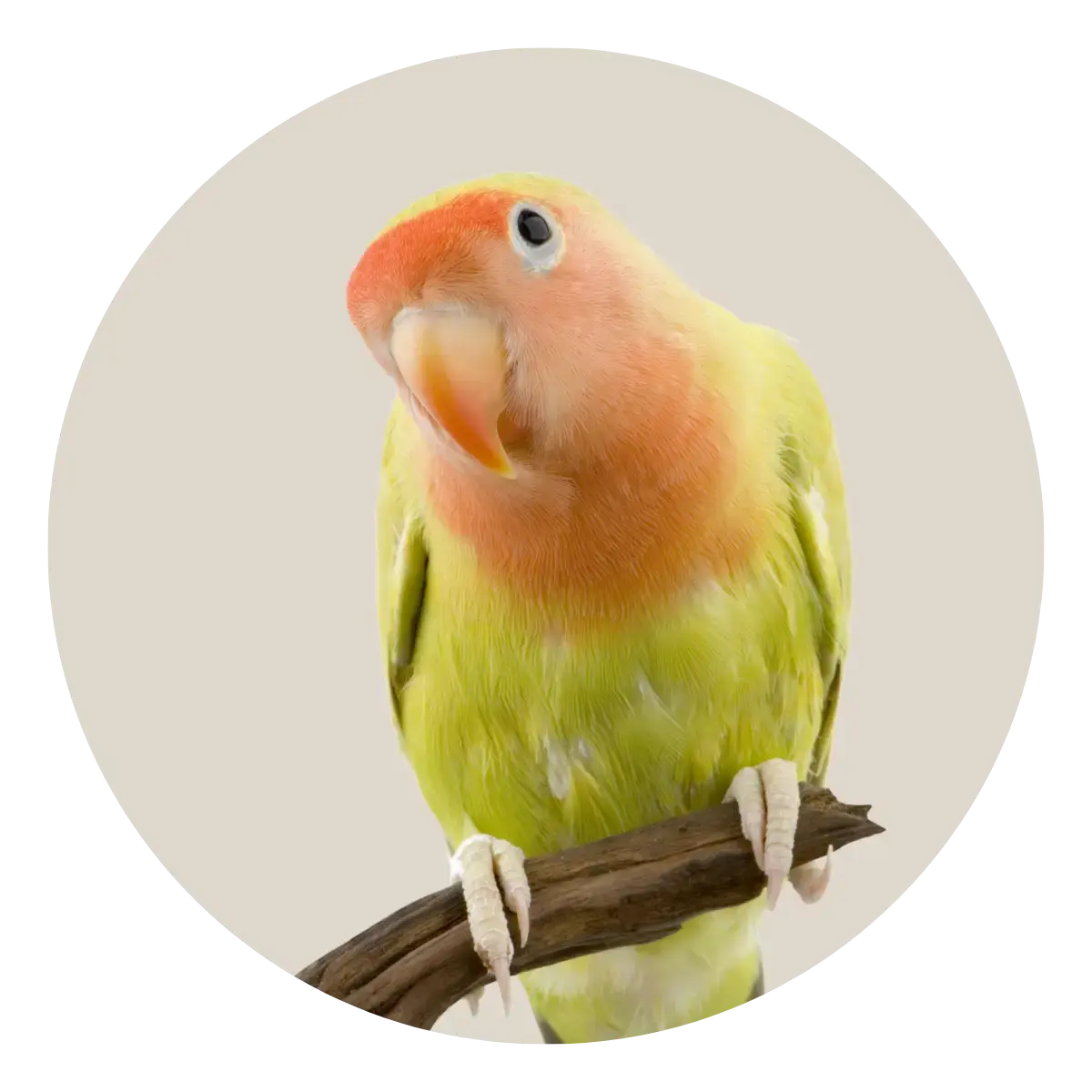As spring arrives and temperatures rise, so does the risk of ticks and fleas. Many pet owners turn to quick fixes to combat these pests, but a more effective solution lies in taking a long-term, holistic approach. By combining safe treatments with preventative measures, you can protect your pet throughout the season and beyond.
Choosing Safe Treatments for Long-Term Pet Health:
When it comes to treating ticks and fleas, it's important to choose options that are both effective and safe for your pet’s long-term health. Products like NexGard Combo and Simparica Trio are highly reliable and protect your pet from fleas, ticks, and even harmful parasites like heartworms and intestinal worms. NexGard Combo, a topical solution, and Simparica Trio, a monthly chewable tablet, both offer fast-acting protection. These treatments are crucial for immediate defense, but using them alone may not provide the most comprehensive protection.
For a more balanced approach, consider integrating Tickless Pet, an ultrasonic tick and flea repeller. Tickless Pet is a chemical-free, ultrasonic device that repels pests without using toxins or harmful ingredients, making it an excellent long-term solution. Pairing traditional treatments like NexGard and Simparica with this non-invasive option provides enhanced protection without increasing your pet's exposure to chemicals.
Preventative Landscaping
Beyond treatments, controlling your pet's environment is key. Simple changes in your garden can significantly reduce tick and flea populations:
- Keep grass short: Regularly mow your lawn to prevent tall grass, where ticks and fleas tend to thrive.
- Remove leaf litter and debris: Clean up piles of leaves, brush, and yard waste, as these are ideal environments for pests.
- Create mulch barriers: Use wood chips or gravel to create a barrier between wooded areas and your yard, discouraging ticks from migrating into your pet's play space.
- Introduce natural repellent plants: Plant tick-repelling varieties like lavender, rosemary, marigolds, and chrysanthemums, which naturally deter fleas and ticks.
- Trim back shrubs and trees: Keep bushes and trees well-pruned to reduce shaded, moist areas where ticks tend to hide.
- Use nematodes: Introduce beneficial nematodes to your soil, which can naturally reduce flea populations by targeting flea larvae.
- Avoid overwatering: Keep your yard well-drained, as fleas and ticks are drawn to damp, humid environments.
Regular Grooming and Check-Ups
Routine grooming is another vital step. Regularly brushing your pet allows you to spot any ticks or fleas early, before they become a problem. Pair this with regular vet visits to monitor your pet’s health and ensure any issues are addressed quickly. Click here to check out all of our dog grooming products, or here for our cat grooming products.
A Long-Term Strategy for Tick and Flea Prevention
We offer a broad selection of pest control remedies that you can find here but remember that to enjoy the most benefits out of these solutions they should be used as a part of a larger, holistic strategy. Combining these treatments with eco-friendly options like Tickless Pet, along with preventative landscaping and regular grooming, ensures your pet stays safe and healthy. By thinking long-term, you can provide comprehensive protection against pests without compromising your pet’s well-being.
This holistic approach not only addresses tick and flea problems today but helps prevent future infestations, making life easier for both you and your pet.






